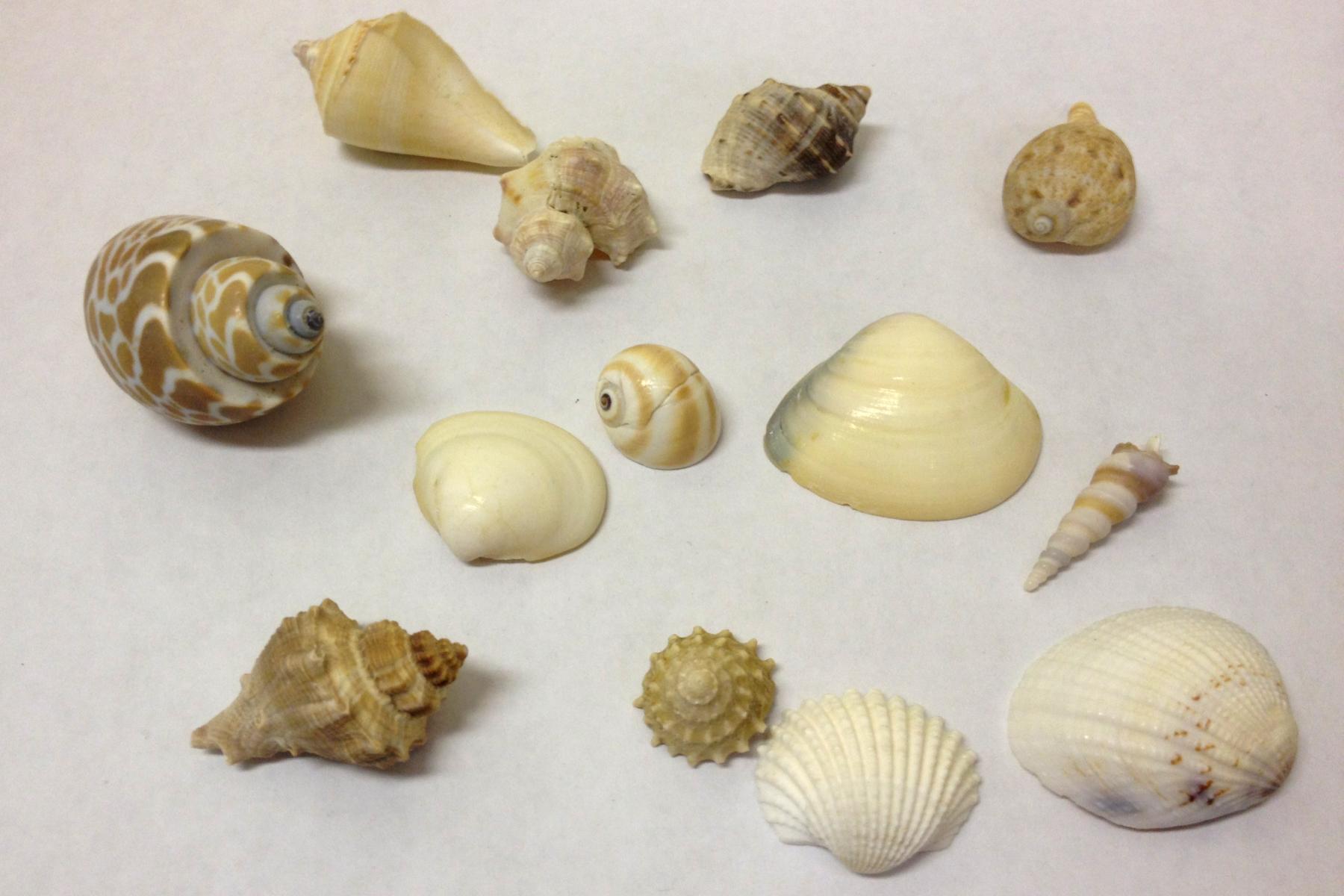DESCRIPTION
In this hands-on activity, visitors explore the structure of seashells and learn that seashells are a composite material made of both inorganic and organic materials. Visitors compare the mechanical properties of plaster bricks and dried sheets of glue, which helps them discover that both toughness and hardness are important mechanical properties. To see what a shell would be like if it were not so tough, visitors try to break normal shells and shells that have been either baked or soaked in bleach.
DESCRIPTION
In this hands-on activity, visitors explore the structure of seashells and learn that seashells are a composite material made of both inorganic and organic materials. Visitors compare the mechanical properties of plaster bricks and dried sheets of glue, which helps them discover that both toughness and hardness are important mechanical properties. To see what a shell would be like if it were not so tough, visitors try to break normal shells and shells that have been either baked or soaked in bleach.
OBJECTIVES
BIG IDEA
Shells have great mechanical properties, including high hardness and high toughness. Shells’ great mechanical properties are due to both their nanoscale structure and their combination of inorganic and organic materials.
LEARNING GOALS
That an object’s materials and structure determine its strength
That a composite material is a mixture of two or more materials
The difference between toughness and hardness
The differences in mechanical properties between dried glue sheets and plaster bricks
That bleach can remove organic material and baking can harm/degrade organic material
NANO CONTENT MAP
Nanometer-sized things are very small, and often behave differently than larger things do.
Scientists and engineers have formed the interdisciplinary field of nanotechnology by investigating properties and manipulating matter at the nanoscale.
DOWNLOAD FILES
Credits
Lawrence Hall of Science
Developed for the NISE Network with funding from the National Science Foundation under Award Numbers 0532536 and 0940143. Any opinions, findings, and conclusions or recommendations expressed in this product are those of the authors and do not necessarily reflect the views of the Foundation.
Creative Commons Attribution Non-Commercial Share Alike 3.0 United States (CC BY-NC-SA 3.0 US).
View more details

NISE Network products are developed through an iterative collaborative process that includes scientific review, peer review, and visitor evaluation in accordance with an inclusive audiences approach. Products are designed to be easily edited and adapted for different audiences under a Creative Commons Attribution Non-Commercial Share Alike license. To learn more, visit our Development Process page.

